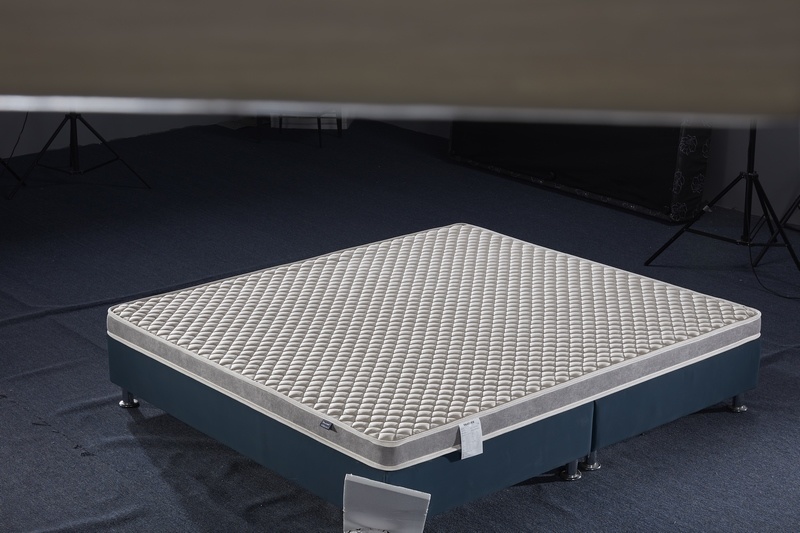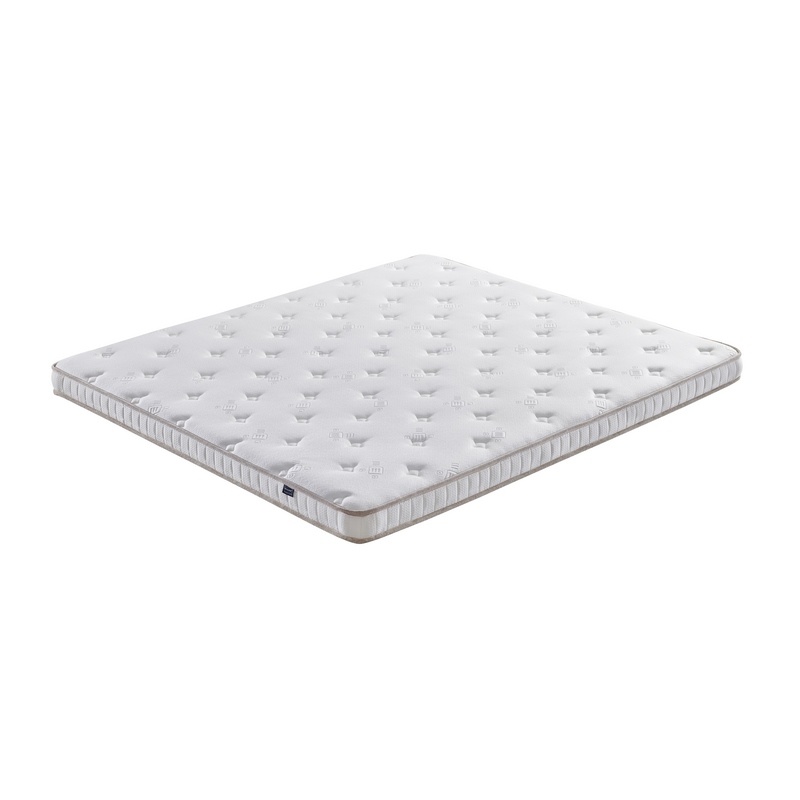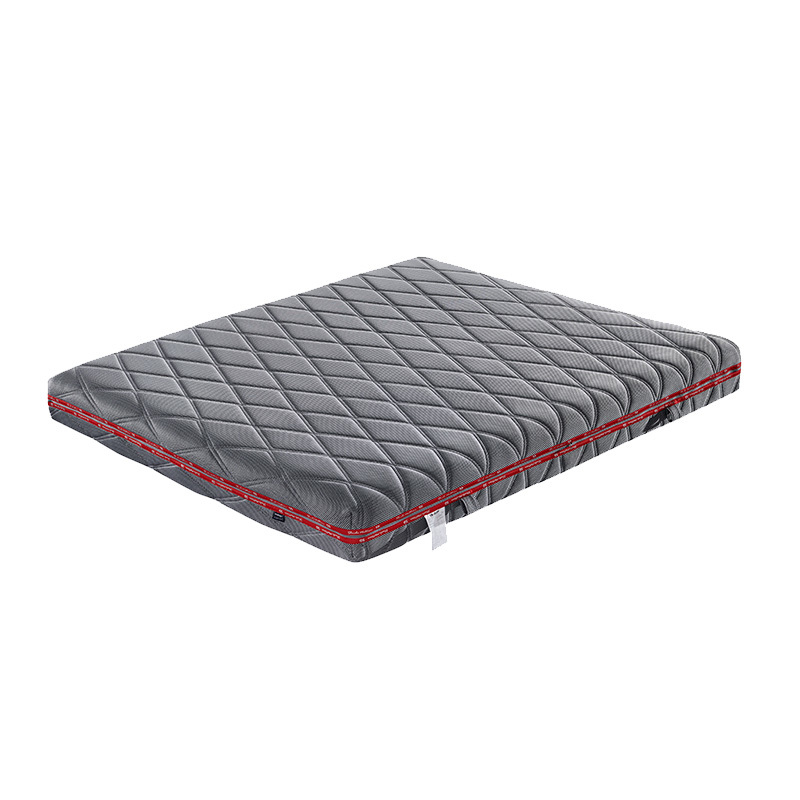How to choose a comfortable and safe mattress?
Low back pain is a common clinical symptom; almost everyone has experienced it
Release Time
2025-04-16
Low back pain is a common clinical symptom; almost everyone has experienced it, which can be described as "nine out of ten people have low back pain". Those with low back problems generally know of a health-preserving therapy—sleeping on a hard bed.
Although sleeping on a soft bed can make intervertebral discs more "protruding", does sleeping on a hard bed really make your lower back feel better?
Not at all! Spanish scholar Kovacs FM conducted an experiment in which he divided more than 300 patients with low back pain into two groups, sleeping on "hard beds" and "medium-soft beds", respectively. After three months, the recovery speed of patients sleeping on "medium-soft beds" was twice that of those sleeping on "hard beds"!
Hard board bed ≠ Hard bed, bare board bed
Many patients have a misconception that a hard board bed refers to a hard bed or a bare board bed. This is understandable, as some doctors haven't explained this clearly.
In fact, the so-called "hard board bed", a treasure for low back pain, is relative to the soft beds commonly used by Europeans and Americans.
A hard board bed is not a hard bed, nor is it a bare board bed; it requires several cushions on the hard board.
Because an absolutely "hard" bed not only feels uncomfortable but also leaves the lower back suspended, without adequate support for the lumbar spine. Over time, it can even worsen lower back pain.
How to determine the "hardness" of a hard board bed
Earlier, we mentioned that a hard board bed refers to a bed with several cushions on a hard board; but how do you determine the hardness of a hard board bed?
Here is a simple method for judging:
Softness and hardness—remember 3:1
Remember this principle: the mattress cannot be so hard that it doesn't deform, nor so soft that it deforms excessively.
When choosing a mattress, you can follow the 3:1 principle: for a 3 cm thick mattress, a 1 cm depression when pressed is suitable; the same applies to a 10 cm thick mattress; a 3 cm depression is moderately soft, and so on.
Of course, if you already have a Simmons mattress at home that is too soft and causes discomfort but you are reluctant to throw it away, you can directly add a layer of palm mat on top.
Fit—Measure with your hand while lying flat
Lie flat on the mattress, and extend your hand inwards at the three obviously curved areas of the neck, lower back, and buttocks to thighs. Check for any gaps; then turn to one side and try the same method.
If your hand can easily fit through the gap, it means the bed is too hard.
If your palm fits snugly against the gap, it means the mattress fits well against the natural curves of the neck, back, lower back, buttocks, and legs during sleep.
Thickness—12~18 cm for spring mattresses
When buying a mattress, remember that a larger and thicker mattress isn't always better, as it's related to its support.
For spring mattresses, the ideal thickness is 12-18 cm.
In addition, it should be noted that if the springs in the mattress are deformed due to quality problems, this will affect the support, and they should be replaced in time.
Why shouldn't you sleep on a soft bed?
The normal physiological structure of the human spine, viewed from the side, has four physiological curvatures: cervical, thoracic, lumbar, and sacral curves. The cervical and lumbar vertebrae curve forward, while the thoracic and sacral vertebrae curve backward.
If the mattress is too soft, it will cause the bed surface to sag, failing to provide adequate spinal support.
When the body "sinks" into an overly soft bed, the mid-section of the spine will sag, forming an arc in the torso. The ligaments and intervertebral discs around the spine will bear excessive stress, easily leading to lower back pain over time.
Additionally, sleeping on a soft bed for a long time may also damage the pelvis.
In particular, for pregnant and postpartum women with poor pelvic stability and loose muscles and ligaments, excessive force can easily cause acute and chronic pelvic injuries.
Is your mattress suitable for you?
You can choose freely based on your own feelings; please refer to the following standards:
1. Sleeping on the bed doesn't affect turning over at night;
2. In the morning, you don't have difficulty getting up because the mattress is too soft and collapsed;
3. After getting up, your lower back doesn't feel stiff or painful.
To help consumers buy safe and comfortable mattresses, the Shanghai Municipal Consumers' Association tested 20 spring soft mattress products from e-commerce platforms for formaldehyde release, TVOC, flame retardancy, fabric physical properties, hygiene, safety, and foam plastic resilience. The test results showed that all samples met the standard requirements for formaldehyde release, hygiene safety, and foam plastic resilience.
Leave us a message
Please fill in the information accurately to ensure smooth communication. We will contact you as soon as possible.






